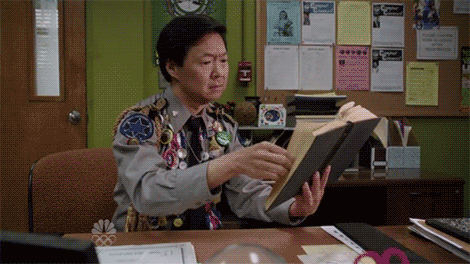After talking to a friend who has dyslexia and hearing their description of it, developer Victor Widell wanted to create a simulation that might recreate at least one aspect of the experience. Widell’s friend has a form of dyslexia that manifests in the form of “jumpy letters,” which not all dyslexics experience, although some do. Here’s Widell’s own attempt to recreate what those “jumpy letters” might look like:
Some dyslexic people have different experiences when they read, such as perceiving letters or words as backwards, upside down, or incomplete — and those are just a few other examples. Responses to Widell’s simulation have varied accordingly: some consider it to be accurate, while others do not.
Awareness of dyslexia and the development of specialized teaching tools has definitely improved in the last several decades, but I still see people making fun of dyslexia even today. Many people also think it’s acceptable to mock someone for having poor spelling or for not being “well-read” (especially in nerd communities), without considering how exclusionary that attitude can be, for any number of reasons going beyond just ableism. I tend to be somewhat wary of “simulations” of various forms of marginalization because I can never tell if they actually inspire long-term empathy. I’m not sure whether or not Widell’s simulation will help drive long-term awareness or not, either, but it does at least serve as a brief reminder that we don’t always know what everybody else’s situation might be, especially when it comes to invisible disabilities.
In addition to the website, Widell has also created a bookmarklet that can implement these effects on other web pages as well.
(via Huffington Post, images via Victor Widell and Giphy)
—Please make note of The Mary Sue’s general comment policy.—
Do you follow The Mary Sue on Twitter, Facebook, Tumblr, Pinterest, & Google +?









Published: Mar 7, 2016 03:24 pm